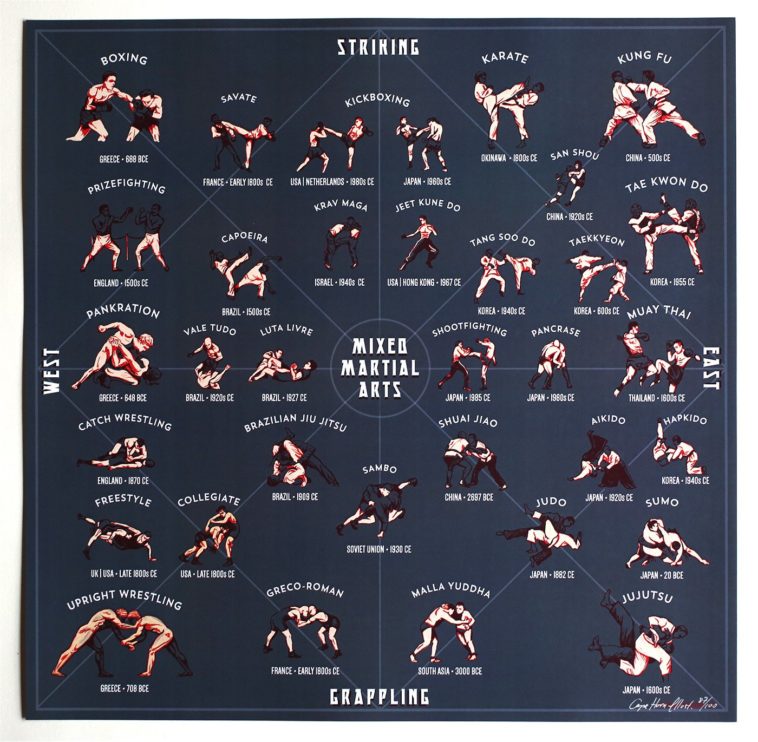Breaking Down Belt Degrees In Taekwondo: What You Required To Know
Breaking Down Belt Degrees In Taekwondo: What You Required To Know
Blog Article
Created By-Urquhart Sherman
Did you recognize that there are a total of 10 belt degrees in Taekwondo? From what do you call someone who practices martial arts to the prestigious black belt, each level represents a milestone in your journey to proficiency.
Yet what do these belt levels actually mean? Exactly how do you advance through them?
In this conversation, we will certainly break down the belt degrees in Taekwondo, explore their significance, and reveal what it takes to rise via the rankings.
So, if you're curious to comprehend the ins and outs of Taekwondo's belt system and what it indicates for your training, remain tuned.
The Purpose of Belt Levels
The objective of belt levels in Taekwondo is to supply a clear and structured progression system for you to track your development and ability degree. As where can i watch bulletproof monk begin your Taekwondo trip, you start with a white belt, symbolizing your newbie standing. With each belt promo, you gain new expertise, strategies, and responsibilities.
The belt levels work as turning points, reflecting your commitment, dedication, and growth in the fighting style. They give a sense of achievement and motivation to keep pushing on your own to enhance. Furthermore, belt degrees aid trainers and peers assess your capacities and provide proper assistance and training.
Belt Colors and Their Definitions
As you progress via the belt degrees in Taekwondo, each shade stands for a specific meaning and signifies your growth in the martial art.
The white belt, which is the beginning factor for all newbies, symbolizes pureness and innocence.
As you go on to the yellow belt, it indicates the earth where a plant sprouts and settles.
The green belt represents development and the development of your skills.
The blue belt signifies the skies, where your possibility as a Taekwondo practitioner is limitless.
The red belt represents risk and caution, advising you to utilize your skills sensibly.
Finally, https://garrettiaxgr.bloggerbags.com/39144311/discover-the-effective-advantages-of-self-defense-classes-improving-your-internal-warrior-in-unexpected-means stands for mastery and know-how, indicating your journey in the direction of becoming a real Taekwondo master.
Each belt color holds its very own unique definition, reflecting your progress and devotion in this old martial art.
Progressing With the Belt Levels
To advance with the belt levels in Taekwondo, you should regularly show your skills and devotion. Right here's what you need to know about progressing in this fighting style:
1. ** Practice Makes Perfect **: Routine training sessions are important to improve your method and master the needed forms. Repeating https://rowantpjcu.blogitright.com/33972806/from-white-belt-to-black-belt-the-makeover-of-personal-protection-courses , allowing you to execute with accuracy and speed.
2. ** Pushing Your Limits **: Progressing through the belt levels requires pushing on your own past your convenience zone. You'll be tested literally and mentally, however it's with these challenges that you expand and enhance.
3. ** Examining Your Knowledge **: Belt tests examine your understanding of Taekwondo concepts, consisting of sparring, protection, and damaging techniques. These examinations ensure you have an extensive understanding of the art and prepare to advance to the following level.
Verdict
As you start your trip through the belt levels in Taekwondo, remember that each shade holds a deeper meaning beyond its surface area look.
Just like the vibrant shades of the belts, your progress stands for growth, self-control, and willpower.
As you progress, each belt comes to be an icon of your commitment and proficiency of the art.
Accept the difficulty, push your limits, and let the symbolism of your belt degrees motivate you to end up being the most effective variation of yourself both on and off the floor covering.
